<< Previous | Displaying results 101-110 of 454 for "jewish prisoners" | Next >>
The Allied decision not to bomb the gas chambers in or the rail lines leading to Auschwitz-Birkenau has been a source of sometimes bitter debate. Learn more.
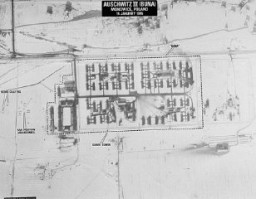
In 1939, the French government established the Gurs camp. Learn more about the history of the camp before and after the German invasion of France.
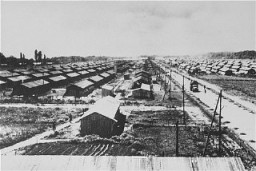
From July 1941-May 1944, the SS camp at Trawniki had several purposes. It is best known as the training site for auxiliary police guards used in Nazi killing centers. Learn more.
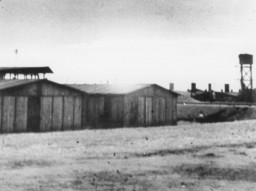
The SA established a protective custody camp at Hainewalde in March 1933. Well-known journalist and writer Axel Eggebrecht was among its early prisoners.
Explore a timeline of key events in the history of the Auschwitz camp complex in German-occupied Poland.
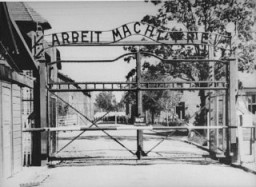
The Płaszów camp was established in Krakow, Poland, in 1942. Learn more about the camp during the war, including Oskar Schindler’s involvement.
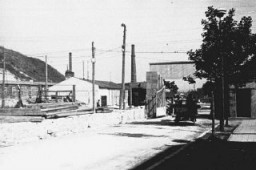
The Theresienstadt camp-ghetto existed from 1941 to 1945. Learn about its final weeks, liberation, and the postwar trials of SS commandants and other staff.
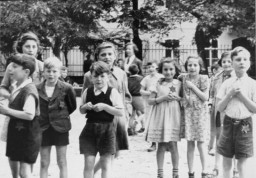
Learn about areas of research related to the number of deaths at the Lublin/Majdanek concentration camp system.
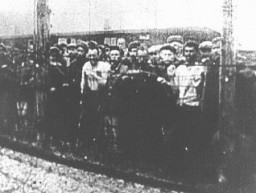
Forced labor played a crucial role in the wartime German economy. Many forced laborers died as the result of brutal treatment, disease, and starvation.
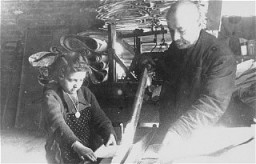
Learn more about the unique SS and police structure of the Theresienstadt “camp-ghetto” during World War II.
We would like to thank Crown Family Philanthropies, Abe and Ida Cooper Foundation, the Claims Conference, EVZ, and BMF for supporting the ongoing work to create content and resources for the Holocaust Encyclopedia. View the list of donor acknowledgement.